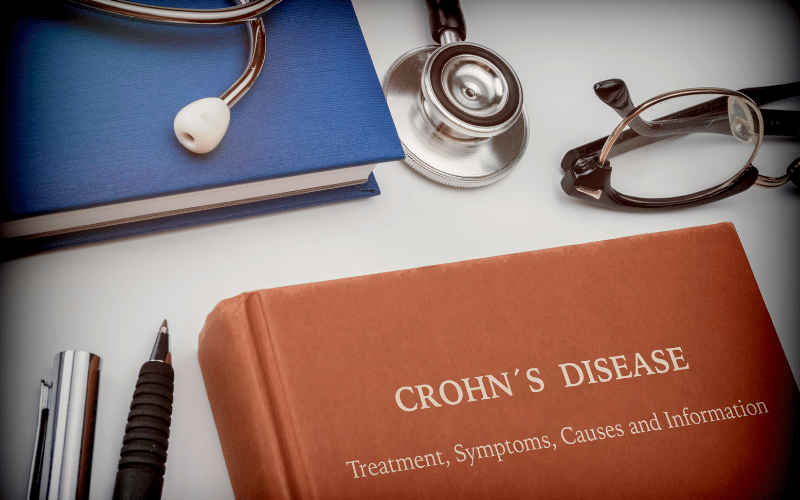2. Crohn’s Disease: The Persistent Intruder of Digestive Peace

Crohn’s Disease, part of a group of conditions known as Inflammatory Bowel Diseases (IBD), is characterized by inflammation of the digestive tract. It can affect any part, from the mouth to the rectum, but most commonly targets the end of the small intestine. Inflammation from Crohn’s goes deep into the layers of affected bowel tissue, causing a host of issues, one of which is malabsorption.
Now, imagine the gut being a long tube. In its healthy state, it ensures that nutrients from the food we eat get absorbed efficiently. However, with Crohn’s Disease, inflammation creates thickened, scarred sections, making nutrient absorption inconsistent and inefficient.
While dealing with Crohn’s, one might witness a range of symptoms. Diarrhea, abdominal pain, and even unexpected weight loss could be signals of the disease at play. More alarmingly, complications can arise, such as the formation of fistulas—abnormal connections between different parts of the intestine or between the intestine and the skin.
Managing Crohn’s is a journey. Treatment strategies often revolve around reducing inflammation, ensuring nutritional adequacy, and managing symptoms. Diet plays a pivotal role, and many individuals find relief by identifying and eliminating specific food triggers. (2)